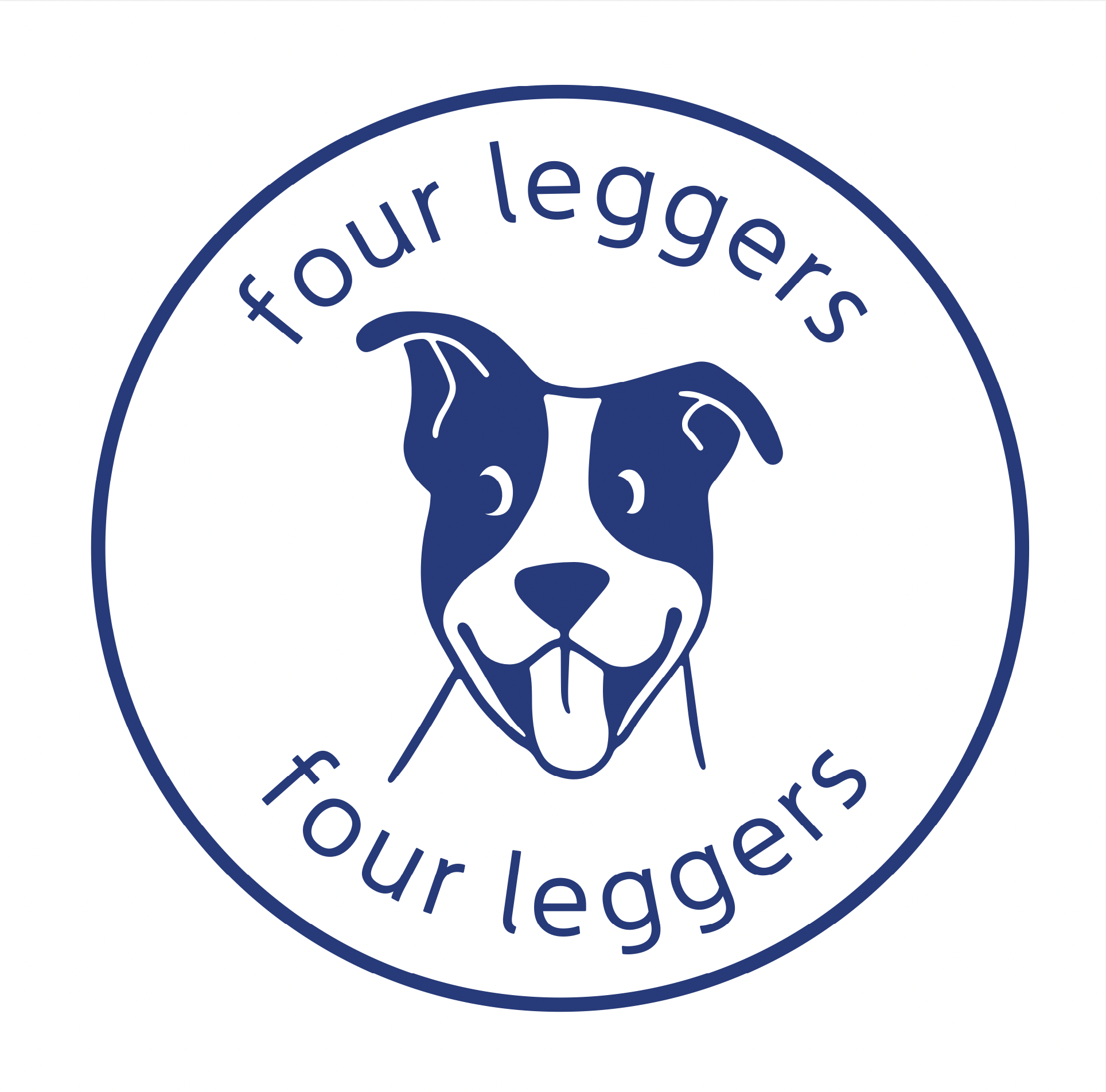How To Help A Dog With Separation Anxiety
by fourleggers
Does your pup become anxious when you leave the house? Dogs with separation anxiety can be triggered when their owners leave, and this can lead to destructive behavior and extreme stress. It’s important to understand why dogs become anxious in order to help them feel more secure. Let’s discuss some tips for managing and easing dogs with separation anxiety.
Identifying the Cause of Anxiety
The first step in helping your dog is to cease absences and stop the rehearsal of the state of panic. It's important to understand that dogs with separation anxiety are in a true state of panic. This is not something to take lightly as it can greatly impact their long-term health.
Start by observing your pup's behavior when you approach the door or get ready to leave. Are there signs that your dog becomes nervous? If so, take note of them so you can better identify the source of anxiety and begin to address it. Our owner and head trainer Jenn Frankavitz, is a CSAT (Certified Separation Anxiety Trainer) and can help you develop an action plan for managing your pup’s anxiety.
Creating a Calming Environment
When helping a dog with separation anxiety, start by creating a calming environment at home that is free from distractions and noise. Make sure all "non-legal" chew items are put away and create areas where they can go if they start feeling overwhelmed or anxious. Additionally, providing plenty of toys, treats, and activities will help keep them stimulated while you're away from home. This will also give them something positive to focus on rather than feeling stressed out about being left alone. It's important to note that having "legal" chew items out is a great option, however it is important not to place these items out specifically when you are leaving! Your pup's legal chew items should be out all day long to prevent their presence as being predictive of your absence.
Providing Comfort Items
Providing music or television shows specifically designed for pets can be beneficial for some dogs; these playlists are specially made with calming music that will be soothing for your pup while you're away from home. As stated above, be sure not to put these music or television shows on specifically when you're leaving, otherwise they will predict an absence for your dog and become a pre-departure cue.
Desensitization To Absences
It's imperative that your pup is appropriately desensitized to your absences over a period of time. This involves careful exposure to absences, without pushing your dog over their threshold. Every time a separation anxiety dog is pushed over threshold, their state of panic is being reinforced and strengthened.
Dogs with separation anxiety have special needs that must be addressed in order to ensure their mental health is taken care of properly. By understanding what triggers their anxiety, creating a calming environment at home, and working with a CSAT to develop an appropriate desensitization plan, pet owners can work together with their furry friends towards lessening their anxious feelings during periods of time apart! With patience and consistency, pet owners should see improvements over time in their pup’s ability to handle being separated from them more comfortably. Taking care of our canine companions takes knowledge and dedication; fortunately, taking steps towards helping our furry friends cope better emotionally is worth every bit of effort we put into it!
Recommended Posts
The First Steps to Training Your Reactive Dog
September 20, 2023
Everything You Need To Know About Your Dog’s Diet
October 12, 2023
What Are Enrichment Activities?
October 05, 2023
